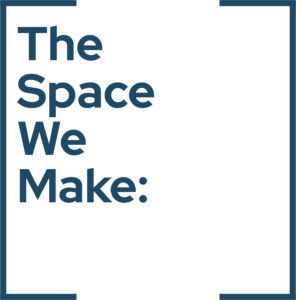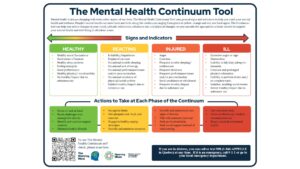Anxiety is something many people experience at work. Whether it’s caused by tight deadlines, high expectations, or tough conversations, feeling anxious can make it hard to focus and do your best.
But the good news is — there are ways to manage anxiety and take care of your mental health while staying productive.
What Causes Anxiety at Work?
Anxiety at work can come from many different things. Here are some of the most common causes:
1. Too Much Work or Not Enough Time
If you always feel like you have more work than you can handle or your deadlines are too short, it’s easy to feel overwhelmed. One study found that having too much to do and not enough time can raise stress and lower job satisfaction (Schmidt et al., 2020).
2. Feeling Like You Have No Control
When your work is being micromanaged or you’re not given a say in how things are done, it can lead to anxiety. People feel better when they’re trusted to make decisions and manage their tasks.
3. Toxic or Unfriendly Workplaces
Workplaces where people are treated unfairly, left out, or bullied can lead to constant stress. If you don’t feel safe or supported, your mental health can suffer.
4. Worrying About Job Security
If you’re afraid of losing your job or your company is going through changes, that fear can turn into ongoing anxiety that affects sleep and performance.
How to Manage Anxiety During the Workday
There are simple things you can do to help reduce anxiety while you’re at work. Here are a few that many people find helpful:
1. Practice Mindfulness or Deep Breathing
Mindfulness means focusing on the present moment. It helps you feel calm and clear-headed. Studies show that mindfulness can help reduce anxiety in adults who work full-time (Khoury et al., 2018).
Try this:
- Sit down, close your eyes, and take a slow deep breath in through your nose for 4 seconds.
- Hold it for 4 seconds.
- Slowly breathe out through your mouth for 4 seconds.
- Repeat for 5 minutes.
2. Break Your Tasks Into Small Steps
Big projects can feel scary. Breaking them down into smaller tasks makes them easier to manage. Prioritize what’s most important and work through one thing at a time.
3. Take Movement Breaks
Moving your body helps reduce stress. Try standing up and stretching, walking around the office, or doing a few exercises at your desk. These quick breaks can help you feel more refreshed and less tense.
4. Talk to Yourself Kindly
Many people with anxiety are hard on themselves. Practice using kind, encouraging self-talk. If you catch yourself thinking “I can’t do this,” try replacing it with “I’ll do the best I can today.”
How to Talk About Anxiety at Work
If anxiety is affecting your work, it may help to talk to someone about it. But it can be hard to know how or when to bring it up. Here are some tips:
1. Know Your Rights
In many places, including Canada, mental health is protected by law. This means your employer must try to make changes (called accommodations) to help you do your job better.
2. Pick Someone You Trust
Think about who would be most understanding — maybe your manager or someone in HR. Choose someone you feel safe talking to.
3. Be Clear About What You Need
You don’t have to share all the details about your anxiety. Just explain how it affects your work and what could help — like more flexible hours, a quiet space, or time to attend therapy.
4. Practice Beforehand
Writing out what you want to say or practicing with a friend can help you feel more confident. Keep the conversation short and to the point.
How Mental Health Training Can Help
Some workplaces offer training to help employees and managers better understand mental health. Two well-known programs are:
Mental Health First Aid (MHFA)
MHFA teaches people how to notice signs of mental health struggles and how to offer help. It also gives tools to support coworkers and connect them with professional help. Studies show that MHFA can reduce stigma and increase confidence in helping others (Kitchener & Jorm, 2008).
The Working Mind (TWM)
TWM helps workers and managers learn how to spot early signs of stress and build resilience. It also teaches ways to create a more supportive and open workplace. The program is run by the Mental Health Commission of Canada.
Managing anxiety at work can feel tough, but you’re not alone — and you don’t have to handle it all on your own. Simple things like breathing exercises, breaking tasks into smaller steps, and moving your body can help a lot. And when anxiety starts to affect your work, it’s okay to speak up and ask for support.
Workplaces that invest in mental health training, like MHFA and TWM, are helping to build a culture where people can thrive, not just survive. When we talk openly about anxiety and support each other, everyone wins.
References:
- Khoury, B., Sharma, M., Rush, S. E., & Fournier, C. (2015). Mindfulness-based stress reduction for healthy individuals: A meta-analysis. Journal of Psychosomatic Research, 78(6), 519-528. https://doi.org/10.1016/j.jpsychores.2015.03.009
- Schmidt, K. H., Roesler, U., Kusserow, T., & Rau, R. (2020). Uncertainty at work: Impacts of perceived stress and the moderating effect of job control. Journal of Occupational Health Psychology, 25(3), 135–147. https://doi.org/10.1037/ocp0000179
- Kitchener, B. A., & Jorm, A. F. (2008). Mental health first aid: An international review of guidelines and training programs. Early Intervention in Psychiatry, 2(1), 55–61. https://doi.org/10.1111/j.1751-7893.2007.00083.x




